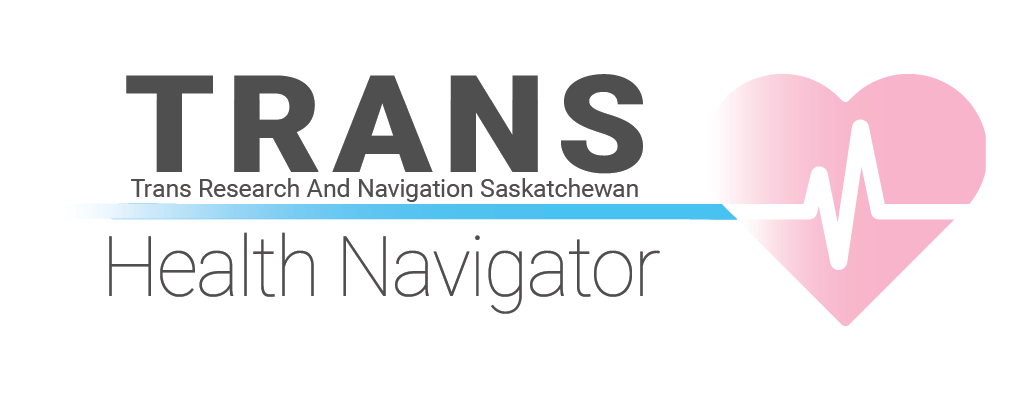Glossary
An acronym meaning two-spirit, lesbian, gay, bisexual, transgender, queer/questioning, intersex, asexual/agender, and all other people whose sex and/or gender does not align with societal expectations and norms. Often used when referring to the entire community.
A person who does not expirience and/or have a gender(s).
People born with a vagina are typically assigned female at birth.
People born with a penis are typically assigned male at birth.
A medical intervention that involves surgical alterations to one’s genitals in line with a person’s transition goals.
Someone whose gender is the same as the one they were assigned at birth.
A medical intervention that involves surgical alterations to one’s face in line with a person’s transition goals.
A dated term representing individuals transitioning "from female to male." This term is considered problematic because, amongst other reasons, it does not address the existence of non-binary genders. Current practice replaces the language "FTM" with "AFAB."
A culturally defined concept which organizes people into categories. In Canada, like many other western cultures, gender is based primarily on sex; however, in some Indigenous cultures there is additional genders (see below: Two-Spirit). It is now understood than one’s sex does not determine one’s gender, and that there is a huge variety of ways for people to experience gender. How a person categorizes their own experience of gender is known as a gender identity.
A term some individuals use to describe themselves when their gender varies over time – this can be situational, daily, monthly, or yearly, but is not confined to these.
An umbrella term some individuals use to describe themselves when their gender does not align with societal expectations and norms.
An umbrella term some individuals use to describe themselves when their sex and/or gender do not align with societal expectations and norms.
A medical diagnosis defined in the DSM indicating distressing feelings related to their gender. This distress is often a result of differences between how others perceive their gender and how they perceive their gender and/or because of the societal stigma surrounding trans individuals. It is important to know that gender dysphoria is not considered a prerequisite of being trans (i.e., you can be trans without having gender dysphoria).
A term commonly used in the trans community to indicate positive and joyful feelings related to their gender.
A term used to describe how an individual externally portrays their gender through their behaviours (often through their choice of dress). Note that gender expression/presentation does not necessarily indicate one’s gender – for example: a man choosing to wear a dress is still a skirt and high-heels, even while wearing feminine clothing.
A term used to describe how a person categorizes their own experience of gender. There is a huge variety of gender identities, though some common ones are: man, woman, non-binary, genderqueer, genderfluid, and agender. Every person’s sense of gender is unique, and it is important to understand that while someone may adopt a gender identity, they will have their own definition of what that means to them and if they relate to it in whole or in part.
Words that are used to refer to someone indirectly. The pronouns they/them and ze/zir are gender-neutral in that they are neither masculine (he/him) nor feminine (she/her). If an individual feels that gender-neutral pronouns better reflect their gender they may use these. They/them has always been a grammatically correct way to refer to a sole person in English, while ze/zir is a newer version that some people may choose.
A medical intervention that involves taking medication (which may include hormones and/or anti-androgens) in order to develop or emphasize physical attributes in line with a person’s transition goals.
A scientific and medical classification of sex that denotes a mix of attributes typically seen in males and females.
The two primary sex classifications recognized by the scientific and medical community.
When someone fails to perceive an individual’s gender and instead incorrectly assigns their gender. This can happen accidentally or intentionally, and often involves a person’s pronouns, name, or other gendered terms. Misgendering can cause gender dysphoria.
A dated term representing individuals transitioning "from male to female." This term is considered problematic because, amongst other reasons, it does not address the existence of non-binary genders. Current practice replaces the language "MTF" with "AMAB."
A term some individuals use to describe themselves when their gender is either between or outside the two binary genders of man and woman.
Words that are used to refer to someone indirectly. Some examples of pronouns include but are not limited to they/them, she/her, he/him, ze/zir, and more.
A medical intervention that involves taking medication in order to delay puberty in gender diverse youth until they are old enough to make an informed decision regarding their gender identity.
An umbrella term some individuals use to describe themselves when their sex and/or gender do not align with societal expectations and norms. It was reclaimed by the LGBTIQIA2S+ community in the late 80s – early 90s.
A term which refers to who a person finds sexually attractive in relation to their own gender. Heterosexual people find members of the opposite binary sex attractive, while homosexual people find members of their own binary sex attractive. Just like gender, every person’s experience of sexuality is unique and there are many different sexual identities. Heterosexuality and homosexuality are not the only options, and some other common sexualities include bisexuality, pansexuality, asexuality, and more.
A medical intervention that involves surgical alterations to one’s chest in line with a person’s transition goals.
An umbrella term used to refer to the population whose gender is something other than what was assigned at birth.
Two Spirit is a name used by Indigenous people who assume cross or multiple gender roles, attributes, dress, and attitudes for personal, spiritual, cultural, ceremonial, or social reasons. These roles are defined by each cultural group and can be fluid over a person’s lifetime.


